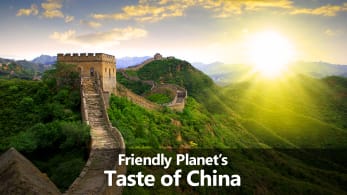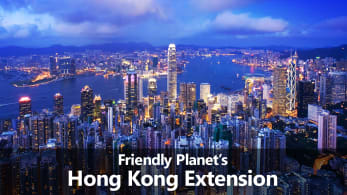 China
China
China is all about numbers. 8,000 life-sized Terra Cotta Warriors. 3,750 miles of the Great Wall of China. 21 million people in the country’s massive capital, Beijing – a truly 21st century city. A nation with 5,000 years of history still tops lists as one of the most attractive travel destinations in the world. From the rice paddies-turned-modern metropolises, Hong Kong’s neon skyline and Macau’s glitzy Las Vegas vibe to the holy temples of Beijing and beyond, China holds surprises at every turn. Across this vast country ancient traditions and superstitions blur together with today’s business, travel, and cultural establishments. And these closely held traditions shine when you leave the city and venture into vast, rural China where remote villages and ancient temples are scattered throughout the country’s 3.7 million square miles.
Tours & Packages
Search filters:
- Regions: Asia
- Destinations: China
- including closed packages
Highlights
To see full details, click the button to the right.
Fast Facts
Already booked on one of our packages to China? See everything you need to know before you go.






















